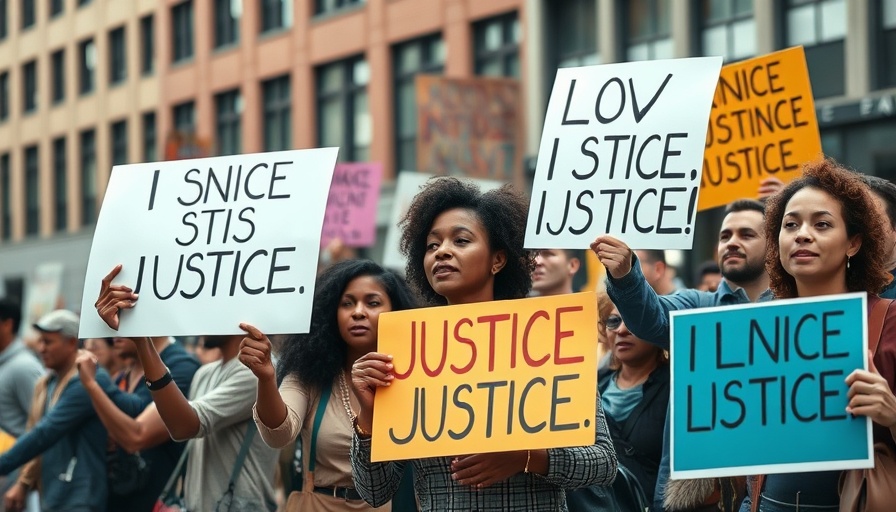
The Overlap of Policing and Public Health
As violent crime rates fluctuate and community unrest persists, law enforcement agencies are reevaluating their approaches to public safety. One important paradigm shift is viewing broken windows policing as not merely a crime reduction strategy but as a public health intervention. This concept stems from the idea that minor offenses, when left unchecked, can contribute to larger social issues, similar to how untreated health concerns can escalate into severe medical crises.
Building a Framework for Community Well-Being
Imagine a neighborhood where visible signs of disorder—such as vandalism, abandoned cars, and public drinking—are present. These signs can signal a lack of community cohesion, trust, and overall health. Integrating policing efforts with public health strategies, such as community outreach programs and wellness initiatives, creates a preventive framework that resonates with residents. Through this lens, police officers transform from enforcers of laws into vital players in promoting community wellness.
The Importance of Data in Public Safety
To effectively implement this paradigm, data analysis is critical. Policymakers and police departments can utilize public safety data analysis to gauge the effectiveness of community interventions. Techniques such as heat mapping problem areas, assessing the impact of crisis intervention strategies, and using body camera footage to monitor officer interactions can provide invaluable insights. This evolving data-driven approach not only enhances transparency but also fosters accountability, thereby improving police-community trust.
Innovative Recruitment to Foster Change
To align with this progressive outlook, police departments must adopt innovative recruitment strategies that focus on community-oriented individuals who are trained in procedural justice and conflict resolution. By selecting officers who excel in crisis intervention, departments can ensure a focus on de-escalation and community engagement, reflecting a commitment to public safety that stretches beyond mere law enforcement.
Challenges and Counterarguments
However, this shift is not without its challenges. Critics argue that broken windows policing can lead to over-policing of marginalized communities, thereby eroding police-community trust rather than fostering it. Addressing these concerns requires careful implementation of consent decrees and close adherence to procedural justice strategies. Engaging with local communities to encourage dialogue ensures that policing practices are transparent and community members feel heard.
Conclusion: A Call to Action
In conclusion, framing broken windows policing as a public health intervention can revitalize safety strategies in communities. Policymakers and law enforcement leaders must actively work together, utilizing data, innovative recruitment practices, and community engagement strategies to promote a safer, more resilient society. By acknowledging the intersection of health and safety, we can create environments where all citizens thrive. Together, we can move towards a future where public safety initiatives are not just reactive but proactive, ensuring the well-being of every community member.
 Add Row
Add Row  Add
Add 

 Add Element
Add Element 




Write A Comment